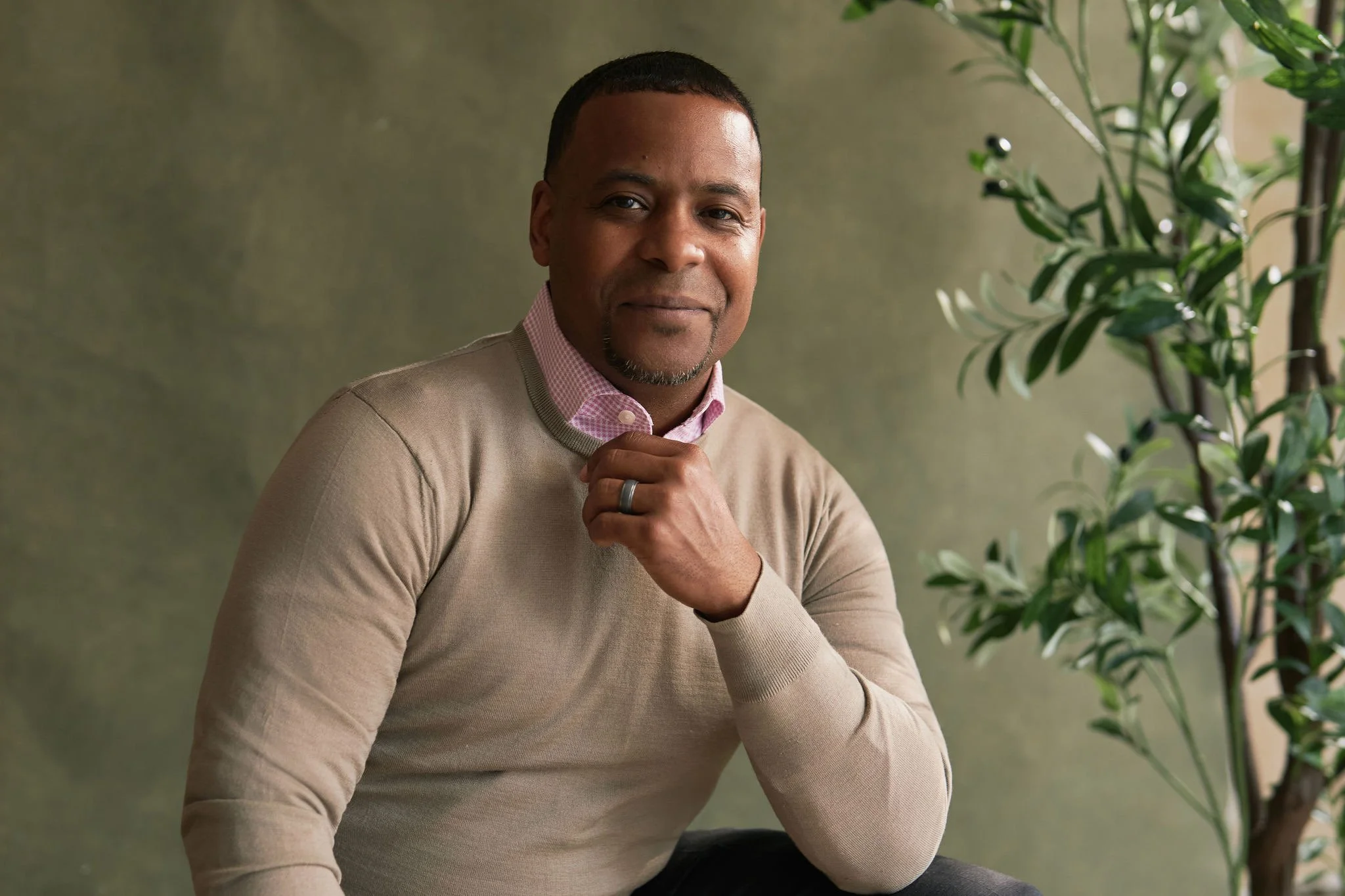Crown & Shadow: The Bishop — Vision in Angles
Not all leadership is linear. Some power moves in diagonals, quiet, oblique, and unseen until it strikes.
By Germar Reed
In chess, the Bishop is often overlooked. He does not move like the Queen, with her sweeping reach, nor does he hold the symbolic gravity of the King. But underestimate him, and the board collapses.
The Bishop moves diagonally, never straight, never direct. His power is subtle. His angles create pressure lines across the board, invisible to the untrained eye. He is not everywhere, but he is exactly where he needs to be.
The Bishop archetype represents vision. Where others see the immediate, the Bishop sees the unseen patterns, connections that run beneath the surface. He is the strategist, the counselor, the one who whispers truth that others ignore until it is too late.
The Bishop’s Angle
What defines the Bishop is not motion, but perspective.
He looks where no one else looks. He sees across, not forward. His strength is in diagonals, in reading what runs beneath the obvious lines of power. Where the Rook guards straight corridors of force, the Bishop finds openings between them.
In history, we know Bishops not only as literal churchmen at the ear of kings, but as archetypal figures: the advisor, the strategist, the prophet. Think of Thomas More, who counseled Henry VIII with conscience at risk of his life. Think of Machiavelli, who in The Prince offered a set of angles, some sharp, some dark, that reshaped how rulers thought about power.
The Bishop archetype is not always righteous, but it is always perceptive.
The Burden of Insight
Vision isolates.
The Bishop often sees what others cannot, or will not. He notices patterns long before they manifest, and in this awareness, he carries a lonely weight. When he speaks too early, he is dismissed. When he waits too long, he is blamed for silence.
This is the Bishop’s paradox: he is cursed to know, but not always empowered to act.
In organizations, Bishops are the ones who warn about cracks in the system before collapse. In families, they are the quiet observers who see tensions forming before they explode. In politics, they are the analysts, advisors, and reformers who imagine what the future will demand while others remain stuck in the present.
Their gift is foresight.
Their burden is patience.
The Bishop’s Shadow
But vision, when untempered, becomes distortion.
The Bishop’s shadow is disconnection. Too much time in diagonals, and he loses touch with the straight lines of reality. He can become abstract, overly cautious, or consumed with theories that never touch the ground.
History remembers both the wise counselors and the manipulative schemers, Bishops who traded vision for intrigue, truth for secrecy. For every advisor like Seneca, who tempered Nero’s madness (at least for a time), there is a Rasputin, whose counsel grew twisted in influence and desire.
The Bishop’s downfall is not failure of sight. It is failure of balance, seeing too much, too obliquely, and losing the trust of those who walk the straighter paths.
The Power in Presence
Despite the risks, the Bishop archetype is indispensable.
He does not lead by command. He influences by illumination. His strength is not in being the loudest voice, but the voice that shifts the entire frame of the conversation.
The Bishop is not interested in applause. He is interested in alignment. He does not ask, “What is happening?” He asks, “What does this mean?” And in answering that, he changes not just the move in front of us, but the shape of the game itself.
Hidden Bishops
Not every Bishop sits at the ear of a king.
Some walk quietly in our lives, the friend who notices patterns you don’t, the colleague who sees consequences others overlook, the thinker whose words sharpen your own. They may not carry titles, but their diagonals shift the board.
You can recognize them by their patience, their angles, their insistence that what you see is not all there is. They are often not the ones advancing. But they are the ones whose vision allows everyone else to move.
The Bishop may not decide the game.
But without him, no game can be truly understood.
Next in the Archetype Series: The Knight — Disruption with Precision
Where the Bishop sees the unseen, the Knight bends the rules. He leaps over order, cuts through expectation, and reminds us that some power comes not from following the board—but from breaking it.
About the Author
Germar is a strategist, storyteller, and student of archetypes. He writes at the intersection of leadership, emotional intelligence, and symbolic power, seeking not to impress, but to illuminate.
His work draws from myth, philosophy, and the quiet disciplines of presence. He believes that true influence begins not with charisma, but with character. You can follow his work at GermarReed.com


